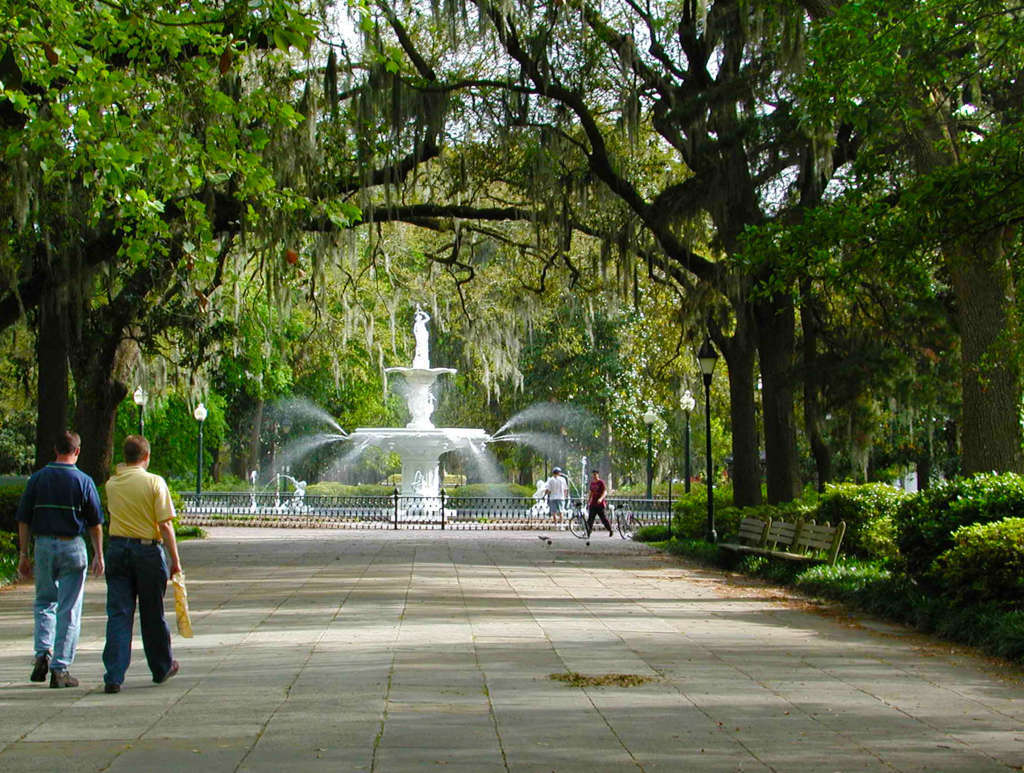URBAN HEAT ISLANDS
UHI is the effect of negative impact that urbanization has on the environment. The technical definition of UHI is that it is a closed isotherms indicating an area of the surface that is relatively warm; most commonly associated with areas of human disturbance such as towns and cities. It is also defined as – An urban heat island (abbreviated as UHI) is where the temperature in a densely populated city is as much as 2 degrees higher than suburban or rural areas. This is a human induce effect as it is caused due to the increase in temperature from human activities. UHI can cause biophysical hazards such as heat stress, air pollution and other grave issues including heat related mortality, which are predicted to be a more important concern in the future. Urban heat islands can be a huge possible threat in the near mainly because they may contribute towards the alarmingly rising global warming of the present, even though this UHI phenomenon can have an effect only at a local area scale.
Urban heat islands are an
indirect result of increase in built structure which are constructed to
facilitate the human needs such as asphalt roads and concrete buildings, on the
earth’s surface. These material can absorb a great deal of heat which causes a
rise in overall temperature of the urban area. When the vegetation cover is
reduced to make room for infrastructure, the natural cooling effect of the
earth is affected, which also contributes towards the formation of urban heat
islands.
The composition of cities is a major factor that contributes to the formation of UHIs. If the city is packed with tall buildings and narrow streets which create very less room for urban open spaces, it may lead to heating of the air which is trapped between them. This can result increased warmth and reduced air flow in these areas since tall building is an obstruction to air circulation. Improper waste dumping and heat from vehicles can also add to the cause. Cities with almost no vegetation cover, also known as urban deserts like Abu Samra of Qatar, can increase the heat in the atmosphere. Urban deserts with built mass constructed with materials impermeable to rain can increase the surrounding temperature considerably.
The major impacts of heat islands on the people and surroundings include:
- Increased energy consumptions: UHI increase the need for air conditioning to cool buildings, which raises both overall and peak electricity demand. According to a review of case studies spanning various countries, those with the most of buildings equipped with air conditioning experienced the greatest growth in electricity usage.
- Elevated emissions of air pollutants and other harmful gases: Electricity providers often rely on fossil fuel power plants to meet much of this demand, resulting in an increase in air pollution and greenhouse gas emissions. These pollutants are hazardous to human health and contribute to the deterioration of air quality. Increased use of fossil-fuel-powered plants contributes to global climate change by increasing greenhouse gas emissions. Ground-level ozone is created when nitrogen oxides and volatile organic compounds react in the presence of sunlight and hot weather, and elevated temperatures can accelerate this process. The environment will become hotter as its formation progresses.
- Compromised human health and comfort: Heat islands contribute to higher daytime temperatures, less cooling at night, and more pollutants in the air. Heat-related fatalities and diseases are exacerbated by these factors. Heat islands can amplify the effects of naturally occurring heat waves, which are periods of very hot and humid weather. During these events, the sensitive population and those with pre-existing health disorders are particularly vulnerable. Excessive heat episodes, or temperature spikes that are sudden and dramatic, are harmful and can result in higher-than-average fatality rates. The death toll includes both deaths where heat was the primary cause and deaths where heat was a contributing factor.
- Impaired water quality: Storm water runoff can be heated by hot pavement and rooftop surfaces, which drains into storm sewers and boosts water temperatures as it flows into streams, rivers, ponds, and lakes. Temperature has an impact on all aspects of aquatic life, including metabolism and reproduction in many aquatic organisms. Rapid temperature changes in aquatic ecosystems can be extremely stressful for aquatic life and even deadly. One approach for reducing storm water runoff and improving water quality is to install green infrastructure. Downspout disconnections, rain gardens, planter boxes, bio-swales, permeable pavements, green streets and alleys, green parking, and green roofs are all examples of this, as well as land conservation activities.
Landsat and Suomi-NPP are two Earth-observing satellites that can monitor the planet's vegetation and surface temperature. This data can be used by scientists to track UHI hotspots in cities all over the world. NASA scientists are using global satellite views to better understand urban heat islands and to assist urban planners in designing communities that are more energy efficient, cooler, and safer.
Related Articles

WATER RESOURCE MANAGEMENT: A TAP STRATEGY

CREATING POPULATION DENSITY MAP

Importance of developing quality social spaces during COVID-19

Efficient water pricing is necessary to prevent a tragedy of commons: A case for efficient water pricing in water supply in Indian cities



